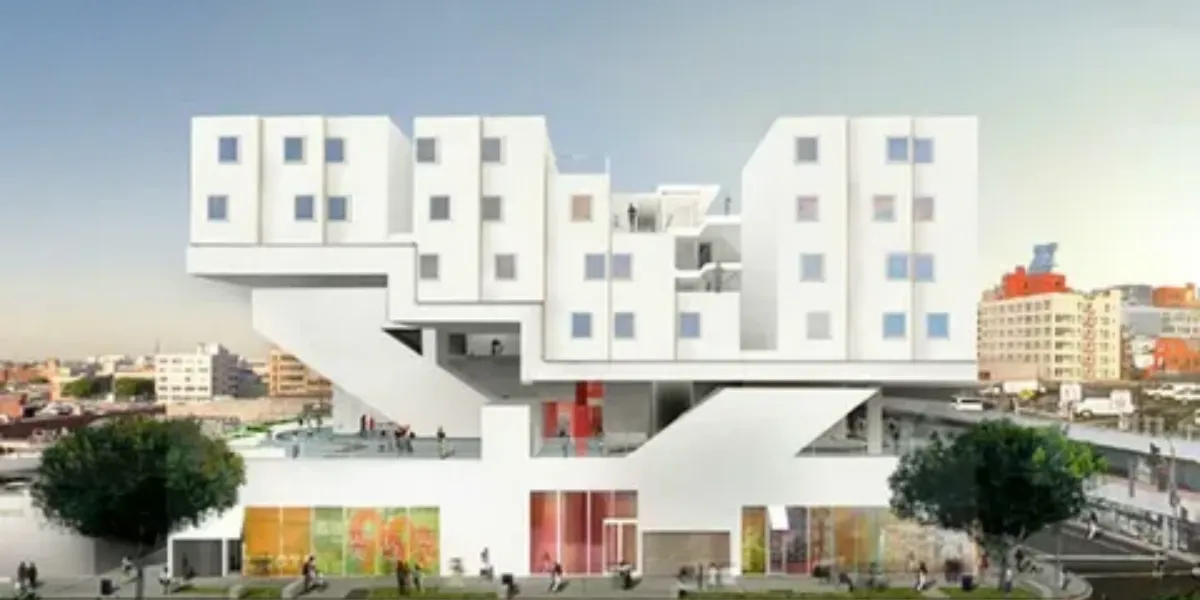Understanding the Challenge of Housing Affordability

Housing affordability has emerged as a pressing issue in many parts of the world, affecting individuals, families, and communities alike. As the cost of living continues to rise, particularly in urban areas, the dream of owning a home or even finding affordable rental accommodation is becoming increasingly elusive for many. In this article, we delve into the complexities of the housing affordability crisis, exploring its economic impacts, root causes, and potential solutions.
The Economic Impact of Housing Affordability
The affordability of housing has far-reaching implications for both individuals and economies. When housing costs consume a significant portion of household income, families may have less to spend on other essential needs, such as healthcare, education, and leisure activities. This can lead to reduced consumer spending, hindering economic growth. Moreover, high housing costs can contribute to financial instability and inequality, as lower-income households struggle to keep pace with rising rents or mortgage payments.
Identifying the Root Causes of Housing Affordability Issues

Several factors contribute to the challenge of housing affordability. These include limited supply relative to demand, zoning regulations that restrict the construction of affordable housing units, rising construction costs, stagnant wages, and speculative investment in real estate. Additionally, demographic trends, such as population growth and urbanization, can further strain housing markets, exacerbating affordability concerns.
Government Policies and Their Impact on Housing Affordability
Government policies play a crucial role in shaping housing markets and influencing affordability. Policies related to land use, zoning, taxation, and subsidies can either support or impede efforts to make housing more affordable. For example, policies that encourage the development of mixed-income neighborhoods, streamline the approval process for affordable housing projects, or provide financial incentives for developers to include affordable units can help expand housing options for low- and moderate-income households.
The Role of Urban Planning in Affordable Housing Solutions

Effective urban planning is essential for creating vibrant, inclusive communities where housing is accessible to people of all income levels. By promoting compact, mixed-use development, investing in public transportation infrastructure, and preserving green spaces, planners can help reduce transportation costs, enhance quality of life, and make neighborhoods more desirable places to live. Moreover, incorporating affordable housing requirements into zoning ordinances can ensure that new development projects contribute to the overall affordability of a city or region.
Innovative Financing Models for Affordable Housing Projects
Financing is often a significant barrier to the development of affordable housing. Traditional sources of funding, such as bank loans and private equity, may be unavailable or prohibitively expensive for affordable housing developers. To bridge this gap, innovative financing models have emerged, including social impact investing, community land trusts, and public-private partnerships. These models leverage a combination of public, private, and philanthropic capital to fund affordable housing projects, often with an emphasis on long-term affordability and community ownership.
Community Development and Its Contribution to Housing Affordability

Community development plays a vital role in improving housing affordability by addressing underlying social and economic factors that contribute to housing instability. Through initiatives such as job training programs, financial literacy workshops, and affordable housing advocacy, community development organizations empower residents to build assets, strengthen neighborhoods, and advocate for policies that promote housing affordability and economic opportunity for all.
Leveraging Technology to Address Housing Affordability Challenges
Technology offers promising solutions to many of the challenges associated with housing affordability. From digital platforms that streamline the affordable housing application process to innovative construction techniques that reduce building costs, technology can help make housing more accessible and efficient. Moreover, data analytics and predictive modeling can inform decision-making and resource allocation, enabling policymakers and developers to target interventions more effectively and maximize impact.
Sustainable Housing Solutions: A Pathway to Affordability

Sustainable building practices not only reduce environmental impact but also contribute to housing affordability by lowering operating costs and improving durability. Energy-efficient design, renewable energy systems, and green building materials can significantly reduce utility bills for homeowners and tenants, making housing more affordable over the long term. Furthermore, sustainable development principles, such as compact urban form and transit-oriented design, can enhance affordability by reducing transportation expenses and increasing access to jobs and amenities.
Addressing the Issue of Homelessness in the Context of Housing Affordability
Homelessness is both a symptom and a consequence of housing unaffordability. To effectively address homelessness, policymakers must tackle the root causes of housing instability and invest in a continuum of housing options, including emergency shelters, transitional housing, and permanent supportive housing. Housing-first approaches, which prioritize providing stable housing to individuals experiencing homelessness without preconditions, have shown promise in reducing homelessness and improving overall well-being.
Public-Private Partnerships: Driving Affordable Housing Initiatives Forward

Public-private partnerships (PPPs) are instrumental in advancing affordable housing initiatives by leveraging the strengths of both sectors and sharing risks and rewards. By combining public resources and regulatory powers with private sector expertise and financing, PPPs can facilitate the development of affordable housing projects at scale. Moreover, PPPs can foster innovation, promote accountability, and ensure that affordable housing initiatives align with broader economic development goals and community priorities.
Overcoming Barriers to Affordable Housing: Legal and Regulatory Considerations
Legal and regulatory barriers can impede efforts to increase housing affordability by creating unnecessary complexity, uncertainty, and cost. Streamlining permitting processes, updating zoning codes to allow for higher-density development, and reducing regulatory burdens on affordable housing providers are critical steps in overcoming these barriers. Additionally, policies that protect tenants from discrimination, eviction, and displacement can help safeguard housing stability and promote equitable access to affordable housing opportunities.
Working Together for a More Affordable Housing Future

Improving housing affordability requires a multifaceted approach that addresses root causes, leverages resources, and engages stakeholders at all levels. By fostering collaboration among government agencies, developers, community organizations, and residents, we can create a future where everyone has access to safe, stable, and affordable housing. Together, we can unlock the door to a more equitable and inclusive society, where housing is not just a commodity but a fundamental human right.
Click here for more visited Posts!





